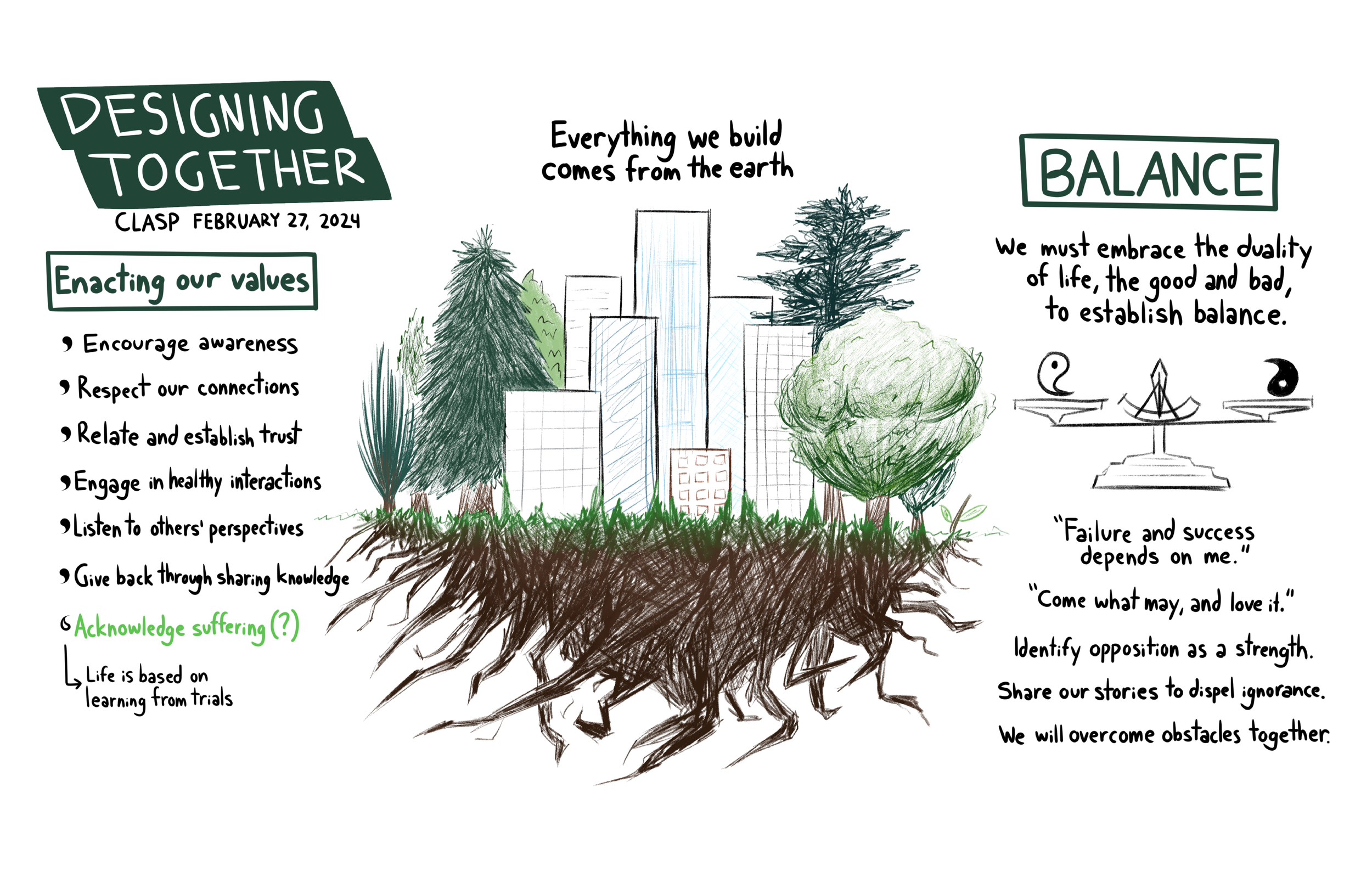
Rebuilding Indigenous Community Research Partnerships through Healing Methodologies and Technology Practices
Christina Morgan, Melissa Tehee, Breanne Litts, Dallas Haws, and Bryan Brayboy
Research Question
What research methodologies and practices around technology can rebuild partnerships between institutions and Indigenous communities?
Check our our paper in the Journal of Computing in Higher Education.
Theoretical Grouding
Community-Driven Design Approach
Power and Place
Black-boxing
Concepts
Values for Technology
Transparency, Accessibility, and Relationality
Sovereignties
Cultural, Rhetorical, and Technological
Healing
Designing with our whole selves and centering cultural ways of knowing & being
describes the inherent right Indigenous peoples have to define and share who they are in the world.
Definitions
is "the inherent right and ability of peoples to determine their own communicative needs and desires in this pursuit, to decide for themselves the goals, modes, styles, and languages of public discourse" (Lyons, 2000, p. 449).
a form of sovereignty that encompasses the layers of this ongoing conversation regarding Indigenous governance and control over digital infrastructures and technological systems.
Examples of Technology Practices
Graphic recordings are a handy tool for generating and supporting shared understanding among community research partners. In our context, we iteratively co-create and reflect on our understanding of our communities and vice versa through visual drafts. Instead of being another form of black boxing, our graphic recordings are co-constructed through community convergence and use language and symbolism that invite participation and contribution from the entire team. These tools have become critical reference points throughout our work and for our community members to have access to our sensemaking and decision-making, and to build trust.
Digital
Software
Logo Design
Nature-made
Hardware
Plants, Water, rock
Petroglyphs
Relationality comes into play when we consider how we feel about the tool itself and how we see our connection to it. Is this tool human-made or nature-made? Did it evolve from something? Is it cared for and taken care of? Are certain individuals, peoples, or systems establishing reciprocal relations with it?
How does the hardware we use either harm or give back to the land reciprocally?
We recognize both nature and human-made technologies. nature In our community partnerships, we engage with this technology that started as a nature-made technology (rock carving of symbols as a tool to illustrate/communicate) and evolved over time into a human-made digital type technology (logo design using software like Adobe Photoshop and developed to represent our community partnership).
Technology Types
Does a tool create boundaries, does it create feelings of inferiority, does it create a disconnection for the need to share knowledge or stories among those in a room or area with that technology?
Human-made
When creating a logo design for our community partners, the usual single design to represent a shared identity did not resonate with our community’s culture and way of being. Our Indigenous partners saw it more fitting for our collective logo to include several seasonal iterations to honor and acknowledge the values of the rhythms in which we work. The logo contains nature-made elements designed with human-made technology, Adobe Illustrator. This is an illustrative example of our healing technology practice, which emphasizes transparency and cultural sovereignty.
We have noted that certain practices that seem typical in particular places are actually disruptive in other places. As an example, consider the seemingly commonplace practice of using laptops in a meeting as a place-dependent practice. While it may be customary or even expected for individuals to have laptops open in a meeting taking place among university researchers, in a community context, this practice can create spaces of disconnection and connection depending on the place. In an in-person meeting with community partners, a laptop literally creates a physical barrier between the user and the community in the shared place. It might also create relational disconnection through power, as the community members in the space do not know what the laptop user is doing or writing if there is no transparency, which can result in concern, distrust, and disconnection.
Healing Methodologies
centers values around technology use and sovereignties that can lead to generative shared work towards humanizing and healing research methodologies (e.g., Archibald et al., 2019; Paris & Winn, 2013; Wilson, 2008) and implications within partnership- and community-based approaches to research (e.g., Bang et al., 2016; Conrad, 2023; Coburn & Penuel, 2016). Honoring sovereignties and implementing healing methods reciprocate Indigenous wisdom, especially cultural knowledge, spirituality, and historical/traditional practices, with the power to harness modern technologies that can sidestep oppressive institutional systems and values (Lee et al., 2023).








